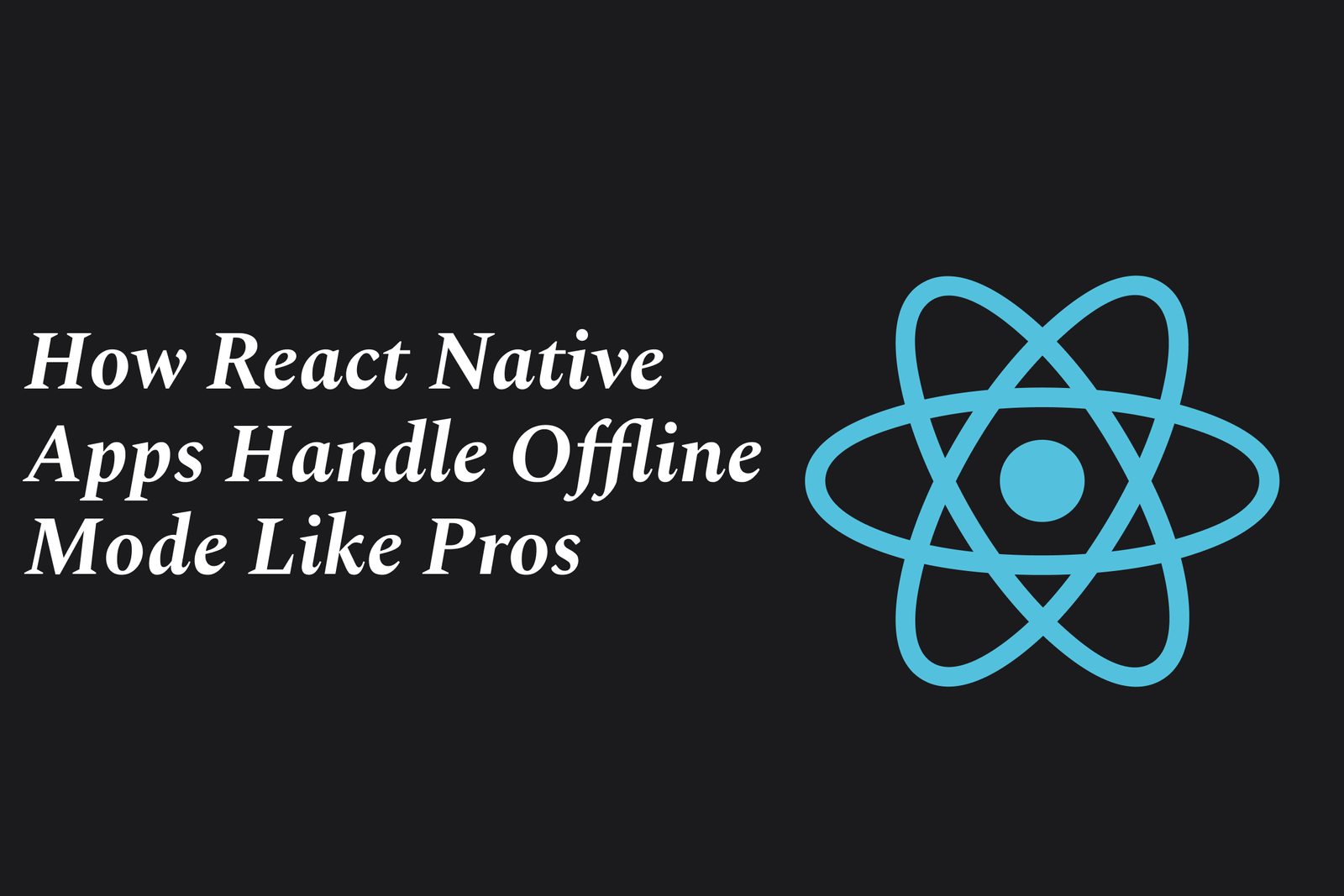React Native?S New Animation Framework: Smooth As Butter
React Native’s new animation framework uses spring physics for ultra-smooth, natural animations. It offers an easy-to-use, high-performance API that avoids costly renders, supports multiple platforms, and enables fluid, responsive UI interactions—truly making animations “smooth as butter.”
React Native’s New Animation Framework: Smooth as Butter
1 ) Introduction to the New Animation Framework
React Native has introduced a new animation framework designed to elevate UI interactions with naturally fluid animations.
This framework aims to bring apps to life with effortless, smooth animations, making the process simpler for developers.
2 ) Challenges in Traditional Animation Approaches
Traditional animations often rely on predefined time durations and easing curves, which struggle to replicate natural, fluid motion.
Renowned UI expert Andy Matuschak points out that animations parameterized by fixed duration and curves oppose continuous and fluid interactivity.
3 ) Innovative Approach Using Springs
The new framework implements spring based animations rather than fixed curves and durations.
Springs dynamically model motion, allowing for more natural and responsive animations that reflect real world physics.
This eliminates the rigidity of timing and facilitates animations that feel “smooth as butter.”
4 ) Developer and Community Endorsements
The animation framework has garnered significant praise from industry leaders including developers from Remix, Codesandbox, Airbnb, and more.
Users appreciate its easy API, performance benefits (no unnecessary re renders), and cross platform capabilities spanning web, React Native, and beyond.
It supports hook based usage and imperative API methods for running animations efficiently.
5 ) Cross Platform and Target Versatility
The animation framework supports multiple targets, including web, native mobile, Three.js, Konva, and even interesting experimental targets like ‘vazdog’.
Its architecture also facilitates easy support for additional targets through advanced API usage.
6 ) Performance and Integration Benefits
Animations run without triggering costly React rendering cycles, using imperative APIs to update styles directly.
This enhances animation smoothness and responsiveness, especially critical for touch and interactive experiences.
The framework is production ready with support for server side rendering (SSR) and is fully written in TypeScript for seamless integration.
7 ) Rich Feature Set
Ability to animate any type of value: strings, numbers, CSS variables, etc.
Supports shorthand transformation styles and inline value interpolation.
Developers can easily respond to animation lifecycle events.
Compatible with any React component library, allowing flexible usage in diverse projects.
8 ) Getting Started and Usage Example
The article provides a simple code snippet demonstrating the spring animation of a component’s property using the framework’s hooks and animated components.
This reflects how straightforward it is to define and control animations declaratively.
Summary:
React Native’s new animation framework revolutionizes UI animation by using physics based springs to create smooth, natural, and highly performant animations. Backed by broad community praise and designed for cross platform versatility, it offers developers a powerful yet simple toolset to enrich user experiences without sacrificing responsiveness or ease of integration.
https://justacademy.in/news-detail/notable-flutter-contributors-to-follow
https://justacademy.in/news-detail/flutter’s-new-devtools-make-debugging-easier-than-ever
https://justacademy.in/news-detail/best-flutter-practices-every-developer-should-follow
https://justacademy.in/news-detail/android-wearable-device-updates
https://justacademy.in/news-detail/flutter-vs-swiftui:-ios-devs-take-note
Related Posts
Java supports GDPR and data privacy by enabling secure data handling through encryption, controlled access, and precise data management. It allows developers to minimize PII exposure, ensure data confidentiality, and design workflows that comply with data protection regulations effectively.
Java code quality tools have evolved to include advanced static analysis, integrated security checks, and AI-powered code reviews. These updates help developers detect bugs, enforce coding standards, and enhance security, streamlining the development process and improving overall code reliability.
Java remains a cornerstone in big tech companies, evolving with modern features like records, pattern matching, and virtual threads. Its robust ecosystem, enhanced performance, and growing AI integrations keep it vital for both legacy systems and innovative new projects.
Java and CI/CD pipeline optimizations streamline Java application development by automating builds, tests, and deployments. They improve efficiency through parallelization, caching, and secure secrets management, enabling faster feedback loops and more reliable, scalable software delivery.
Java supports modern cryptography standards through its flexible Java Cryptography Architecture (JCA), enabling integration of advanced algorithms like AES, EdDSA, and post-quantum tools. Libraries like Bouncy Castle offer FIPS-certified, hardware-accelerated implementations for secure development.
Java 23 enhances record patterns by enabling concise, direct destructuring of record components within pattern matching, simplifying type checks and data extraction. This improvement boosts code readability and expressiveness by reducing boilerplate in handling immutable data classes.
Java remains a top choice for mobile app backends, powering scalable, secure, and high-performance server-side solutions. Latest trends include cloud-native microservices, reactive programming, and enhanced JVM optimizations, enabling efficient, flexible, and robust mobile backend development.
Java SE 24 and LTS Java SE 21 offer enhanced features and performance, while Apache Spark 4.0.0 introduces Scala 2.13 support and advanced ML and SQL capabilities. Together, they empower developers to build scalable, high-performance data applications with modern tools.
JUnit 5 modernizes Java testing with a modular architecture, improved assertions, and seamless Java 8+ support. Beyond JUnit, tools like Mockito and AssertJ enhance mocking and assertions, creating a powerful, flexible ecosystem for writing clean, efficient Java unit tests.
Java plays a pivotal role in cloud automation tools by providing a robust, platform-independent language used to build scalable automation frameworks like Jenkins and Selenium, enabling efficient CI/CD pipelines, testing, and orchestration across diverse cloud environments.










